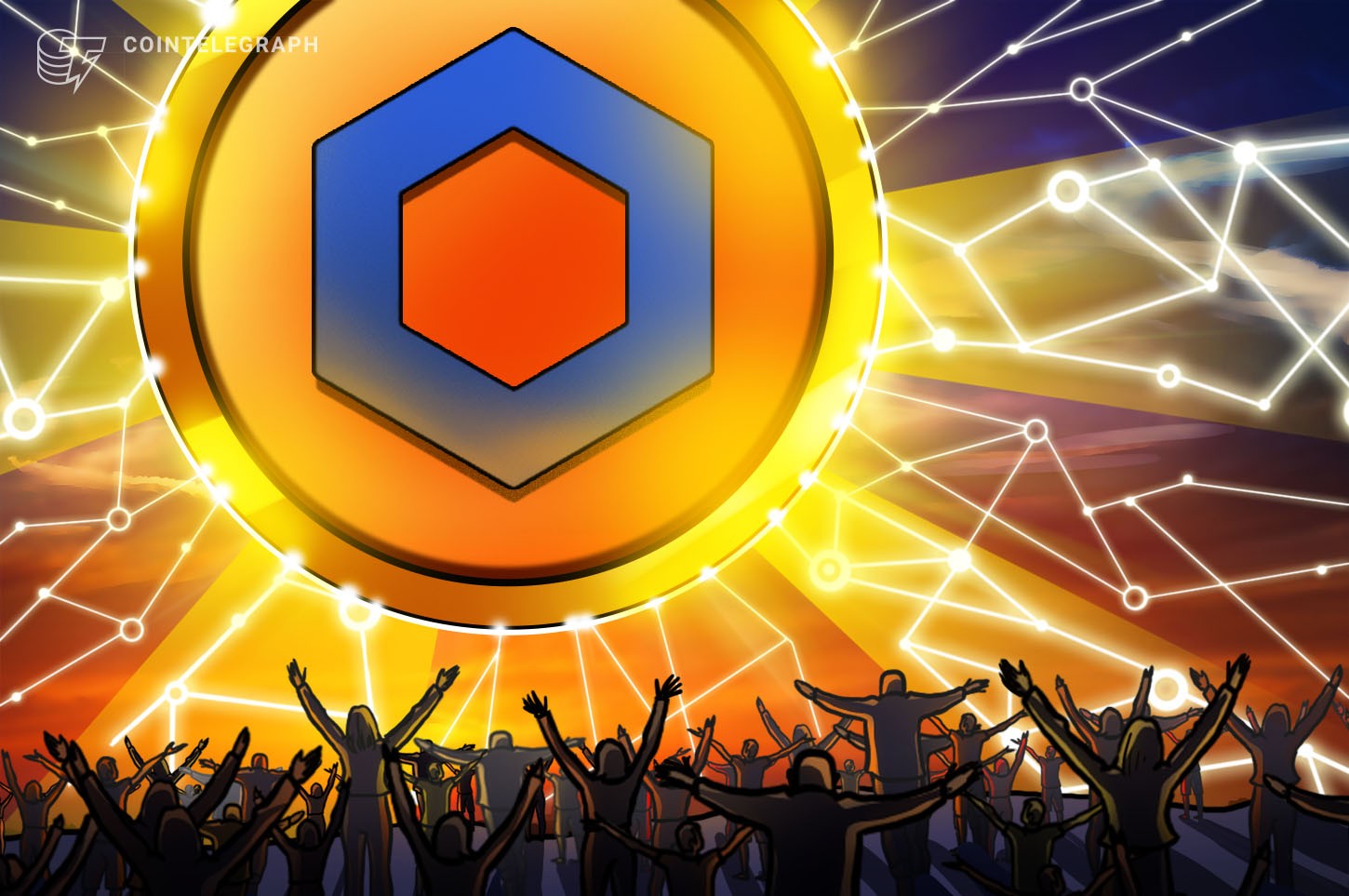Oracle platforms, which provide links between blockchain smart contracts and trusted sources of real-world data, are a crucial component of many decentralized finance — or DeFi — applications.
With the meteoric rise of Chainlink (LINK) this year, one might be forgiven for thinking that it has the market all sewn up. But DeFi-focused challenger DIA (Decentralised Information Asset) claims that its community-verified data points can improve on Chainlink’s accuracy.
Cointelegraph had an exclusive chat with CEO Michael Weber about why DIA is different, ahead of the platform’s token distribution starting Aug. 3.
Crowd-sourced oracle platform
Swiss-based DIA was founded in 2018 on the back of a demand for more transparent and accessible data solutions across the digital asset and traditional finance arena.
Rather than provide data points and oracles itself, the platform enables the community to source and validate data through crypto-economic incentivisation:
“DIA sets out to democratize financial data, similar to what Wikipedia has done in the broader information space with regards to a central encyclopedia.”
This offers continuous incentives to deliver high quality data streams as well as to scrutinise and improve existing solutions.
In contrast, Chainlink usually only takes prices from a few places, which can lead to inaccuracies.
An oracle to see future potential
Oracle platforms are big news currently, with value locked in DeFi platforms hitting all-time highs. But Weber believes that this could go even further to become comparable to traditional financial markets:
“The growth of oracle solutions will be strongly dependent on the growth of DeFi applications, while the growth of DeFi applications in turn will be strongly dependent on the level of quality and transparency that oracle solutions deliver.”
Open data provided by oracles, says Weber, delivers the fundamental building block of the entire space.
Token distribution via bonding curve model
The DIA token distribution also differs from traditional token sales as it follows the bonding curve model previously previously used by Bancor and Uniswap.
This essentially pre-defines the relationship between supply and price for the offering period, with an asset that can be purchased from, and sold back to, a smart contract. If demand rises then so does price and vice-versa:
“This means that the market determines the price of the token according to the demand for it, instead of the team defining this itself. We think this method is a fairer distribution mechanism for digital assets and will continue to evolve.”


